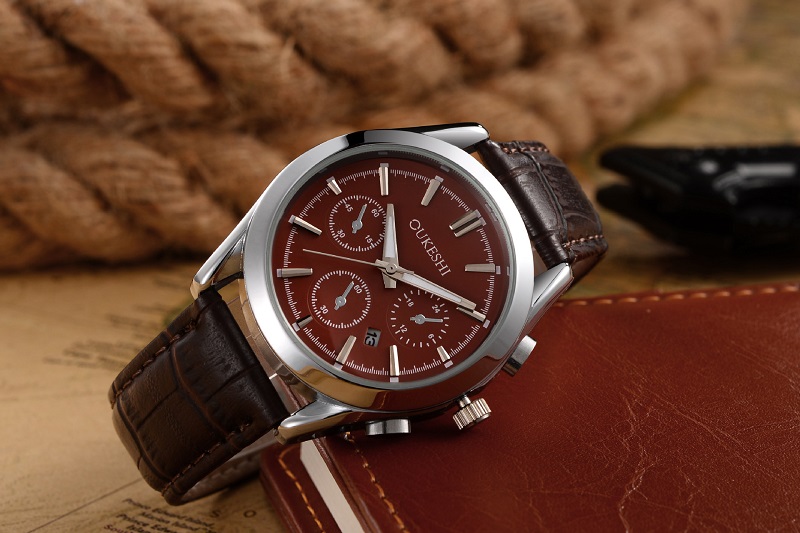


What are the watch quality inspection processes? Earlier we shared <How to do quality inspections for custom quartz watches?>, because there are many types of watches, today we continue to share the quality inspection process of 7 categories of watches, including mechanical watches, electronic watches, quartz watches, light wave watches, diving watches Wait. Knowing the watch quality inspection process can go a long way in the progress of their project.
Standard-based test: GB/T 6044-2005
The quality inspection process of needle-type quartz watches reliability of use, average instantaneous daily difference or average actual daily difference, operating temperature, voltage range, average temperature coefficient, voltage coefficient, moisture resistance, battery replacement cycle, anti-second function, hour and minute hand misalignment, Magnetic resistance, impact resistance, waterproof or sealing performance, appearance, external force resistance of accessories, gold plating, corrosion resistance, adhesive strength, wear resistance, calendar replacement reliability, calendar replacement display failure, battery replacement cycle, timing reliability, Alarm reliability, cycle timing accuracy.

Standards-based testing: QB/T 1249-2007
Custom Mechanical watch quality inspection process: reliability of use, continuous input, time difference, immediate daily difference, temperature coefficient, a comprehensive index, 6H swing, impact resistance, anti-magnetic, waterproof sealing performance, hour hand, and minute hand misalignment, appearance, second stop function, External resistance, energy index, gold-plated layer, corrosion resistance, adhesive strength, wear resistance, calendar change reliability, calendar change display failure, low energy calendar change performance.
Test Standard Standard: GB/T 18828-2002
Diving watch quality inspection process: time preset device, visibility, magnetic resistance, external force resistance of accessories, air tightness under pneumatic overpressure (selective test), salt water resistance, underwater reliability, thermal shock resistance, crown and other setting devices Resistance to external force, shock resistance, lower water tightness, water pressure, and overpressure.
Standards-based testing: QB/T7-1993
Waterproof watch quality inspection process: air pressure resistance performance test, condensation test, waterproof performance test for immersion depth 10cm, mechanical pressure resistance performance test of operating parts, water temperature resistance performance test, water pressure resistance performance test.
Test standard basis: QB/T8-1993
Shock-resistant watch quality inspection process: measure the instantaneous daily difference and secondary impact before the impact test and the instantaneous daily difference and residual effect after the impact.
Test standard basis: GB/T 26716-2011 idt ISO 7: 2002
The quality inspection process of the magnetoresistive watch: the quick daily difference test before the magnetoresistive test, the magnetoresistive test, the rapid daily difference test after the magnetoresistive test, and the residual effect.
Test standard basis: QB/T 2047-2007
Metal watch quality inspection process: hardness, vertical tension, horizontal tension, buckle, shape, symmetry, appearance, strap roughness, surface condition, softness, bendability, drop resistance, torsional fatigue resistance, swing fatigue resistance, Snap fatigue resistance, gold plating, corrosion resistance, adhesive strength overlay abrasion resistance, and overlay abrasion resistance.
The above is the quality inspection process of the 7 types of watches. Only the watches that pass the quality inspection can be circulated in the market and sold to customers.

2F, Building A, Shimei Industrial Park, Dalang Town, Longhua District, Shenzhen, China